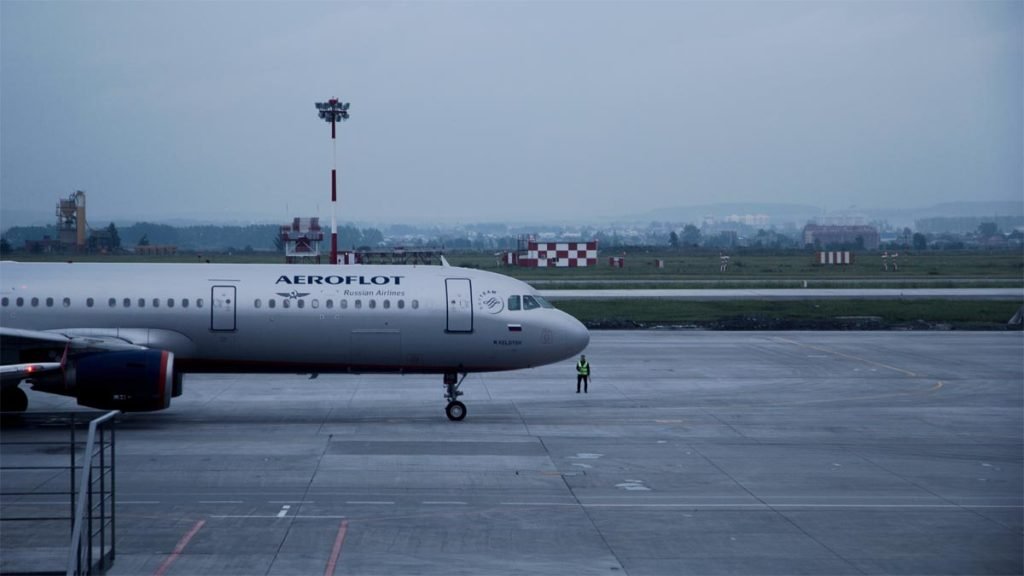Aircraft landing is arguably one of the most crucial phases of a flight, demanding precision, coordination, and state-of-the-art technology. Over the years, advancements in aviation technology have significantly refined landing procedures, ensuring increased safety and efficiency for passengers, crew, and aircraft alike. This article delves into how these landing procedures have evolved and improved over time.
Table of Contents
1. Advanced Landing Guidance Systems
Advanced Landing Guidance Systems have revolutionized how aircraft approach and touch down on runways, enhancing safety and precision in various weather conditions. These systems incorporate various technologies, from intricate radar mechanisms to advanced software, all working to provide pilots with real-time data about their descent trajectory and runway alignment. A critical component of this system is the use of specialized aircraft lights, which aid in visibility and act as indicators for optimal landing positions. These lights and the accompanying guidance system are pivotal in ensuring landings are executed safely, especially during low-visibility conditions or at night. Their integration into modern aviation technology underscores the industry’s commitment to constant improvement and passenger safety.
2. Digital Communication for Air Traffic Control
In the annals of aviation history, voice communication once stood as the linchpin, bridging the interaction between pilots soaring through the skies and air traffic controllers stationed on the ground. However, as technology advanced and the volume of air traffic burgeoned, the industry recognized the need for more sophisticated communication mediums. Digital communication platforms have since emerged, offering benefits including clearer transmissions, rapid information exchange, and enhanced precision. The Controller Pilot Data Link Communication (CPDLC) stands out among these innovations. This system facilitates text-based messaging between pilots and controllers, drastically reducing the scope for misinterpretations and misunderstandings inherent in voice-only communications, ensuring safer and more coordinated flight operations.

3. Enhanced Ground Proximity Warning System (EGPWS)
During the intricate ballet of landing, aircraft are particularly vulnerable to potential hazards, chief among them being the inadvertent descent into terrain or unforeseen obstacles. The aviation industry has integrated the Enhanced Ground Proximity Warning System (EGPWS) into modern aircraft to combat this threat. Utilizing intricate algorithms combined with an exhaustive database of the world’s terrain, this system constantly monitors the aircraft’s proximity to potential ground-based threats. Should any risk be detected, such as the aircraft’s descent rate being too rapid or its trajectory heading towards a hill or building, the EGPWS promptly alerts the flight crew. These timely warnings allow pilots to adjust their landing approach, ensuring the aircraft’s safety and the well-being of all on board.
4. Aerodynamic Improvements in Aircraft Design
Aircraft design has come a long way since the early days of aviation, with modern iterations embracing various aerodynamic enhancements tailored for improved performance, particularly during the landing phase. Features like winglets, those upward-curving extensions at the tip of wings, contribute to reduced drag and improved efficiency. Similarly, advanced flap systems, when extended, increase the wing’s lift capacity, granting pilots better control during the critical descent phase. Another crucial component is the thrust reverser, which aids in decelerating the aircraft upon touchdown, effectively shortening the runway distance needed to come to a complete stop. Collectively, these aerodynamic refinements ensure safer landings and increased fuel efficiency and enable aircraft to operate under a broader range of conditions, including shorter runways or challenging weather scenarios.
5. Use of Synthetic Vision Systems (SVS)
With the relentless march of technology, aviation has been graced with Synthetic Vision Systems (SVS), a groundbreaking advancement poised to transform how pilots perceive their surroundings during landings. Drawing upon advanced computing and sensor capabilities, these systems conjure a real-time, computer-generated 3D representation of the external environment, offering clarity even when actual visibility conditions might be compromised due to fog, rain, or darkness. This synthetic yet impressively accurate visual reference empowers pilots with an enriched perspective of the landing environment, which is invaluable when navigating unfamiliar airports or confronting complex terrains. The immediate result of such enhanced visual acuity is a noticeable increase in the pilot’s situational awareness. By granting them this augmented perspective, SVS significantly boosts the safety margins during landings, potentially averting mishaps related to visibility constraints.
Conclusion
The harmonious blend of technology and expertise in the aviation sector has continually enhanced landing procedures, a testament to the industry’s unwavering commitment to safety. Each advancement, whether in communication, aerodynamics, or visualization, is pivotal in ensuring every landing is as safe as possible. As the industry progresses, one can expect even more groundbreaking innovations, setting new benchmarks in aircraft landing protocols.


